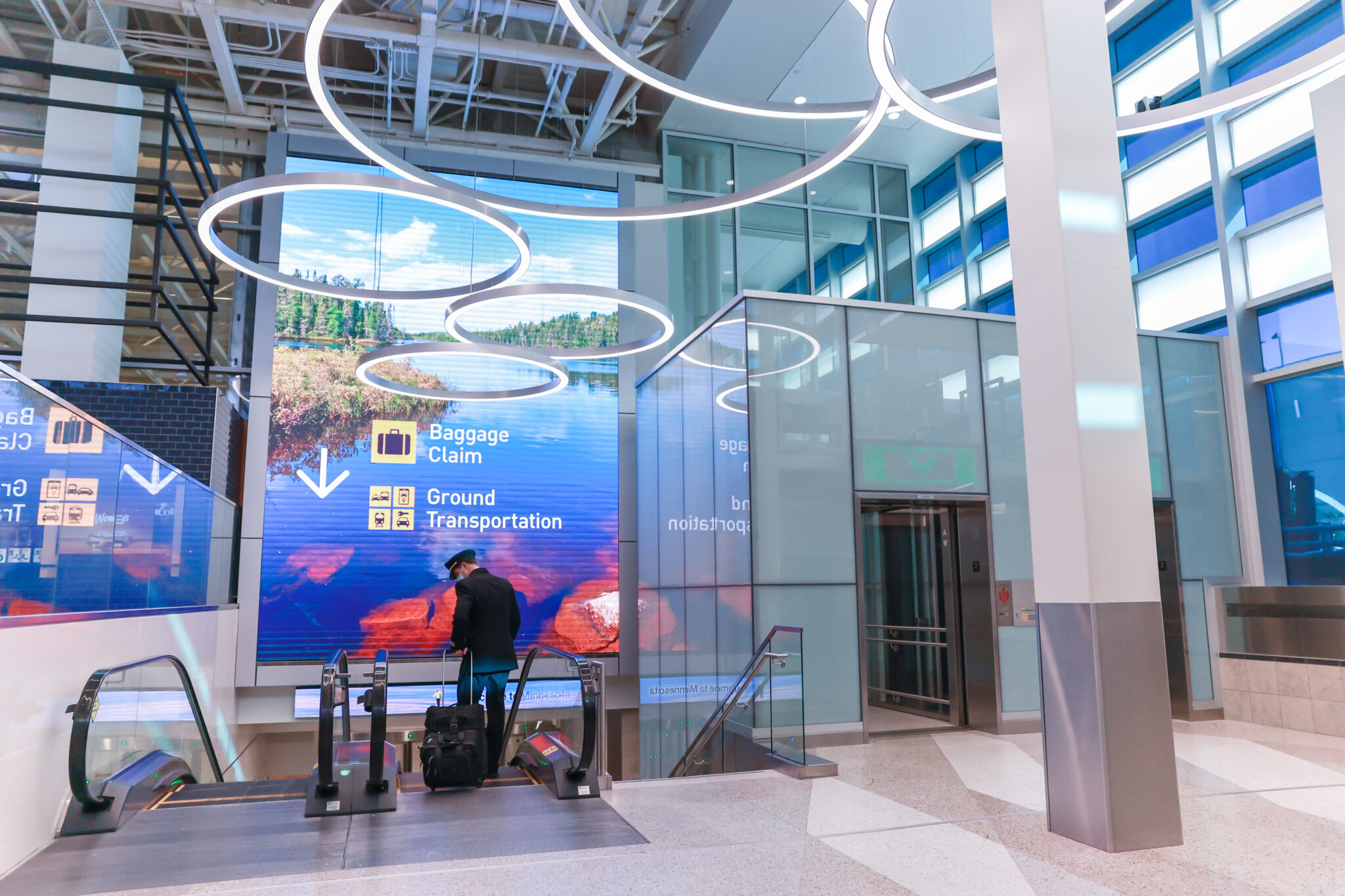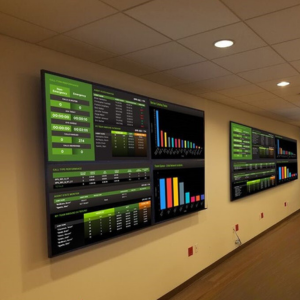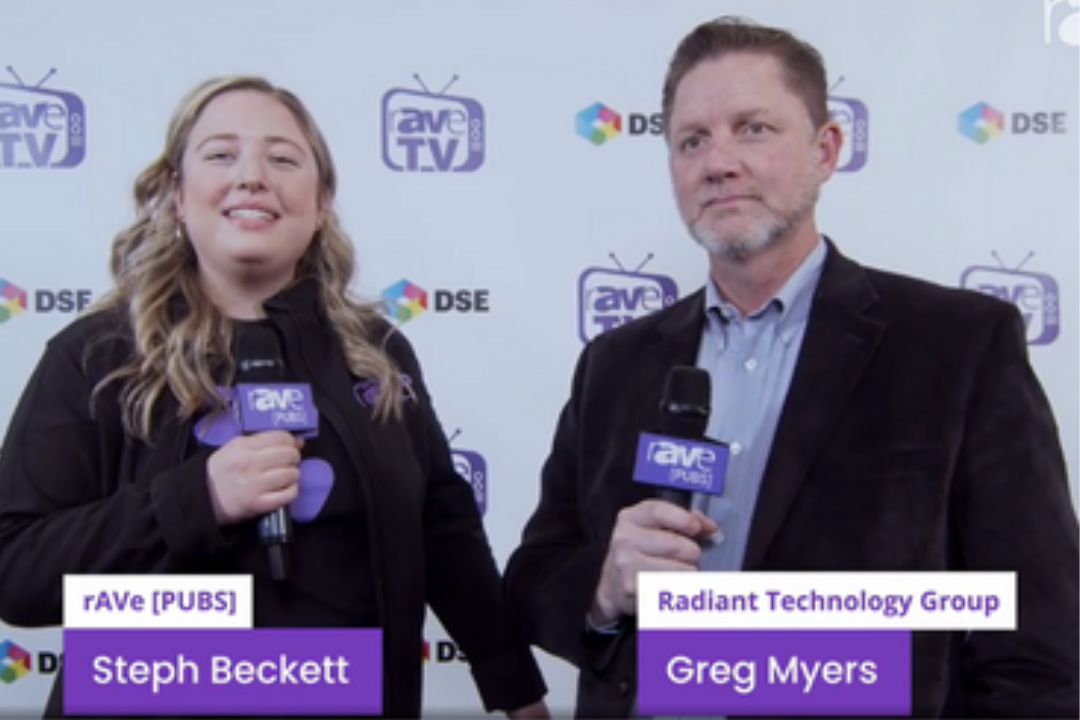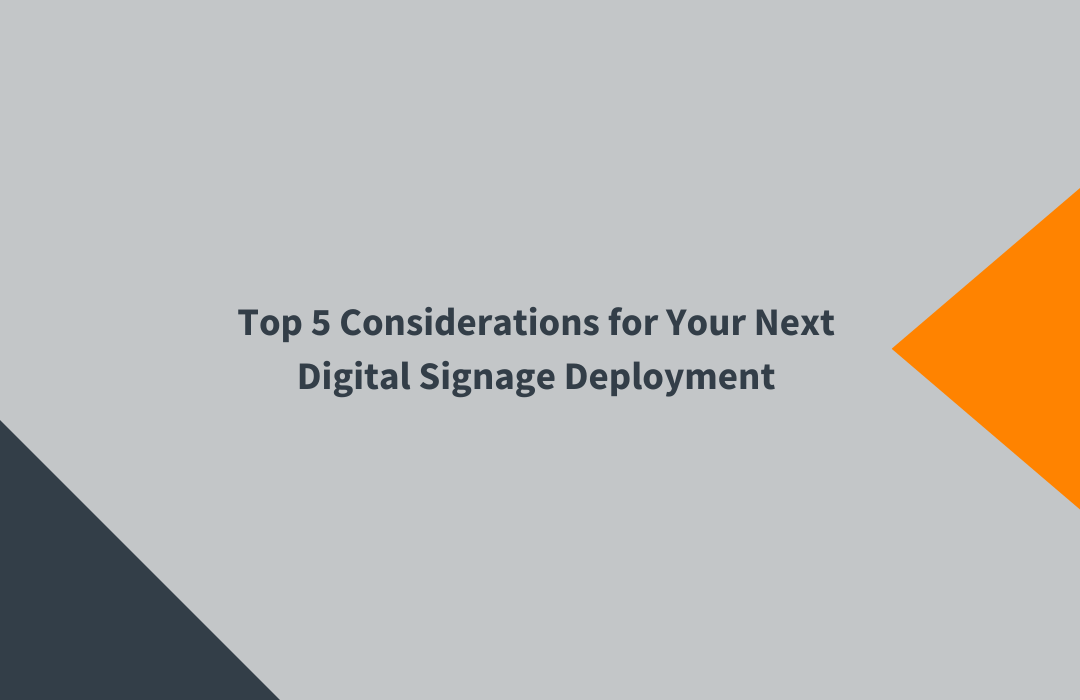10 Issues Business Leaders Face This Year
What started as our pandemic return-to-office ranking of top workplace challenges of 2021 has since turned into our top blog post of all time. Why are so many people searching the internet for workplace challenges? No doubt, it’s because they are seeking solutions to the biggest issues that hinder progress for their business. And while our digital experience subject matter experts provide insights on the modern workplace challenges here, the true problem solving comes when our clients engage us to listen, consult, design solutions and deliver real, impactful outcomes.
Our digital experience thought leaders are back with a refresh for 2023. What do you think, has much changed? Read on as they give their take on The Top Modern Workplace Challenges facing businesses this year.
10. The experience gap is real.
Companies are paying employees more today to do the same type of work that was paid at a lower rate not too long ago, driving up the cost of producing a product. As result, employees who might have had golden handcuffs based on their experience level are now able to change companies without the risk of taking a decrease in salary.
This exodus of position-specific experience has left a knowledge gap right in the middle of many companies that is proving difficult to fill. The workers who “got things done” or passed on their knowledge of how to get things done are just not readily available.
The remaining knowledge holders are stretched thin as they are expected to solve an increased number of situations. Experience is not achieved overnight, and the challenge is to match experienced talent with inexperienced talent to fill the gap as often as possible.
“What we are seeing and will continue to see is companies expanding their talent search beyond their typical geographic footprint. Work from home has expanded the reach of posting job openings locally to the freedom of finding people anywhere.”
Doug Freutel, Vice President of Innovation and Visionary Radiant Technology Group

9. Remote work is a blessing and burden.
Adopting remote work models has allowed organizations to flexibly accommodate the needs of employees to perform their work from non-traditional working environments. There are many documented advantages to this strategy, on the flipside it has created unexpected issues like:
- disconnected team communication
- lack of innovation and creativity
- isolation and loneliness
- productivity issues
- in-effective management
- misalignment of goals
Many of these issues are overcome when employees work in a common location, but employers are reluctant to call employees back to the office for fear of backlash and losing more experience from their workforce.
“Companies are still challenged with the paradigm of measuring work vs. time management,” notes Freutel. “It is less a corporate issue then it is a manager issue. Old micro-management styles don’t sync with the work from anywhere model and is creating friction among teams.”
Doug Freutel
Another challenging aspect of remote work is measuring productivity and available bandwidth when remote employees are turning to side hustles once they’ve completed their primary work. While they appear available, capturing focus and building on productivity is an area of continuous improvement.
Scroll to No. 2 on our list to see why working from the office has its benefits.
8. Presence equity and meeting equity- not the same thing
Among all full-time workers, it is estimated that around 15% are fully remote, 30% are in a hybrid arrangement and the remaining 55% are fully on-site. No matter our work location, we still require collaboration as coworkers to stay productive and keep projects on track. How do we ensure both flexibility and an equitable experience from anywhere?
Presence equity and meeting equity play key roles but are not interchangeable phrases. Presence equity refers to team members having equal access to information and resources to effectively contribute to work whether they work at home or in the office.
Meeting equity on the other hand, specifically refers to having an equitable experience in a meeting, whether attending remotely or in person. At home, in the office, at a client’s space or in a coffee shop, we need to have the same experience as if we are meeting in person.
Traditionally, pro audiovisual providers focus designs on the typical conference room—making adjustments to cameras, speakers, displays and even furniture placement. While this is necessary, more innovative approaches are needed for collaboration beyond the conference room.
Concepts like video portals that connect coworkers and viewing team availability on digital signage to encourage engagement are appearing in modern workplaces in breakrooms and other spaces. This is where presence equity and meeting equity are continuing to be important.
“While the pandemic enabled companies to broaden their geography search for talent, the challenge of creating equitable experiences becomes even more important as many remote workers will rarely or never have the opportunity to work from the office.”
Doug Freutel
7. Use digital experiences to boost corporate culture.
How has your corporate culture fared since the pandemic? Initial studies conducted in 2020 found organizational culture had improved and employees felt more purposeful in their work. But when we look at more recent assessments, we find some employees feeling isolated, burnt out and disconnected from the company and team.
Certainly, issues with corporate culture existed prior to the pandemic, but the sudden work from home mandate and ensuing years of hybrid work trial and error added new complexities. When used effectively, digital experiences can help improve corporate culture in the modern workplace.
- Build trust with face-to-face conversations. Use more videoconferences and less instant messaging and conference calls.
- Focus on team building. Consult with team building facilitators who organize games and activities in online sessions.
- Set and measure goals. Use visual dashboards to track departmental KPIs and use gamification to make goal attainment visual and fun.
- Reward and recognize. Use digital tools like office signage and virtual communication channels to recognize achievements, birthdays and anniversaries.
With so many dimensions to corporate culture, our focus has always been on how technology can drive a positive end user experience. When it comes to culture, we implement solutions to help employees better connect and engage with each other in the modern workplace.
“Technology is one component of creating a successful collaborative environment. Setting a foundation and creating a culture where the technology is often utilized in collaborative ways brings about the most success.”
Justin Wogen, Business Development Manager
6. Sparking spontaneous creativity.
The water cooler moments credited with sparking innovation came to an abrupt halt in 2020. Since then, businesses have struggled to find ways to nurture spontaneous ideation and connection with coworkers. But some innovative approaches may help bring your creative groove back.
“We want to create those chance encounters between people that spark ideation, engagement and problem solving that happen naturally when people are together,” said Freutel. “Using a combination of collaboration technology and virtual components in modern workplace design, we can actualize cubicle conversations in the work from anywhere world.”
Doug Freutel
To recreate native office experiences using digital technology, a portal program acts as a virtual collaborative space. When a team member wants to step away from independent work to collaborate, they can virtually “check in” and instantly see up to seven other team members who are ready to connect.
Live cameras enable team members to connect “face-to-face” to bounce ideas off of each other, or to connect on a social level. Creating a hub of activity, or the virtual water cooler environment, not only strengthens creative ideation, it establishes a positive corporate culture that encourages engagement.
5. Digital transformation requires a clear plan.
Businesses across the globe are looking to make digital transformations a reality. The International Data Corporation notes that, “global spending on digital transformation business practices, products and organizations is forecast to reach $2.8 trillion in 2025, more than double the amount allocated in 2020.”
With interest in digital transformations on the rise, it’s important to understand what a digital transformation encompasses and how to effectively execute a transformation. A complete digital transformation alters business process by integrating digital technology into every aspect of the business:
- creating better data visibility
- streamlining processes
- increasing operational efficiency
- positively impacting ROI and reducing risks
With so many challenges to a transformation success, having a clear vision with strategic execution is key. Many plans can be iterative and roll out in stages over a long period but having a plan with the future in mind aligns each stage of development with reduced risk of stepping back.
Measuring objectives and use cases by effort and visibility can help prioritize results. Create gains in adoption with a combination of highly-visible, high-effort cases which takes longer with smaller wins using higher-visibility, low-effort items. Finding balance can help achieve acceptance, adoption and will alleviate commitment fatigue along the way.
In our Guide to Digital Transformations, we clarify common misconceptions, cover essential steps and point out pitfalls to avoid.
4. The economy remains sketchy.
If you read many articles, you will find that economic experts have widely differing opinions on what is going to happen over the next year. Inflation, recession and product shortages lead the headlines, and this causes organizations to tap the brakes—idling in a wait and see mode.
The challenge is, standing in the middle of the road often gets you squished. Greg Myers, President of Radiant Technology Group offers this advice:
To overcome this challenge, prioritize your risks by their potential impact and identify the logical next step in which you can mitigate those risks. Process improvement, training, team health and better communication will always pay dividends in the long run.”
Greg Myers, Vice President Radiant Technology Group

One of the best things you can do when facing uncertainty is to outsource non-core components of your responsibilities. You can set goals for these resources without dealing with their management. Outsourced resources can scale up or down depending on your needs giving you the flexibility to adjust quickly while continuing to move forward.
3. Supply chain issues persist.
The global supply chain is getting better, but until there is a greater availability of workers, problems will persist. Are your vendors and reseller partners having frank conversations with you?
While product supply and delivery may continue to impact project success, with some creativity and flexibility, Radiant Technology is working to meet all client objectives—including timing. In 2023, we will continue to have more options available to solve problems as we move through the year.
Pinpointing lag times for components is like chasing a moving target. What may be a microchip today, might be an issue with raw materials or shipping tomorrow. We have been encouraging our clients to be open to evaluating a new product from a new company they haven’t dealt with previously. Planning ahead is key—much further ahead than before.
We anticipate tremendous improvement in the second half of 2023, but we’re still going to deal with some issues in the first half.
2. Modernize your workplace to foster engagement.
A study from Resume Builder found that 9 in 10 companies will require employees to return to the office in 2023. Business leaders cite improved communication, creativity, productivity and company culture as major reasons for bringing workers back. And while some employees prefer working from home, many miss the social engagement and team bonds only found at the office.
“We want to make office work more meaningful, but not lose sight of expanding the culture of engagement to work from anywhere. It’s where presence equity and meeting equity come into play with designing the office hub of the future.”
Doug Freutel
Employers need to create revitalized, modern workplaces with benefits which can’t be achieved by working remotely. And while catered meals, commuter benefits and raises are nice incentives, updating collaborative technology is essential to modernize the office. The effects of collaboration on the company bottom line illustrate the how the investment in digital workplace experiences actually pays dividends:
We understand the importance of making technology updates to the office, but what exactly does the modern workplace look like? Your digital experience partner should be talking with you about:
- Centralized workspaces for departments and teams with visual dashboards, whiteboards and virtual connectivity to hybrid coworkers.
- IoT devices like sensors for “smart spaces” create better efficiencies and awareness of available resources.
- Automation of tasks to streamline workflows and information management.
- Training facilities with virtual capabilities provide flexibility for onboarding and continuing education for onsite and remote talent.
- Improved infrastructure to support higher levels of video conferencing on offices networks to support quality of service.
According to Freutel, tactics like gamification and other metrics are important in the modern workplace, as well as new systems which better manage workflow, productivity and performance while still maintaining culture and contribution to a team effort.
1. The approach to technology lifecycle is changing.
The rip and replace every 3-5 years mindset is antiquated. Technology is becoming more modular. Systems we installed 1-2 years ago have new features and solutions that receive a modular replacement or upgrade versus changing out the entire system.
For example, new AI camera upgrades can replace cameras to greatly improve meeting equity without replacing other parts of the system. Microsoft Teams engines can be switched to Zoom and then back to Teams as businesses change their communication strategy which not that long ago was an expensive proposition.
Systems need to be designed and implemented with modularization in mind. Even central processing for system programming is moving to the core to better accommodate global changes. The benefits of supporting modular and even culture of use changes in systems is building better consistency and improved end user adoption.
Business leaders should understand what is technologically possible to help promote better communication and productivity to achieve positive organizational outcomes.





